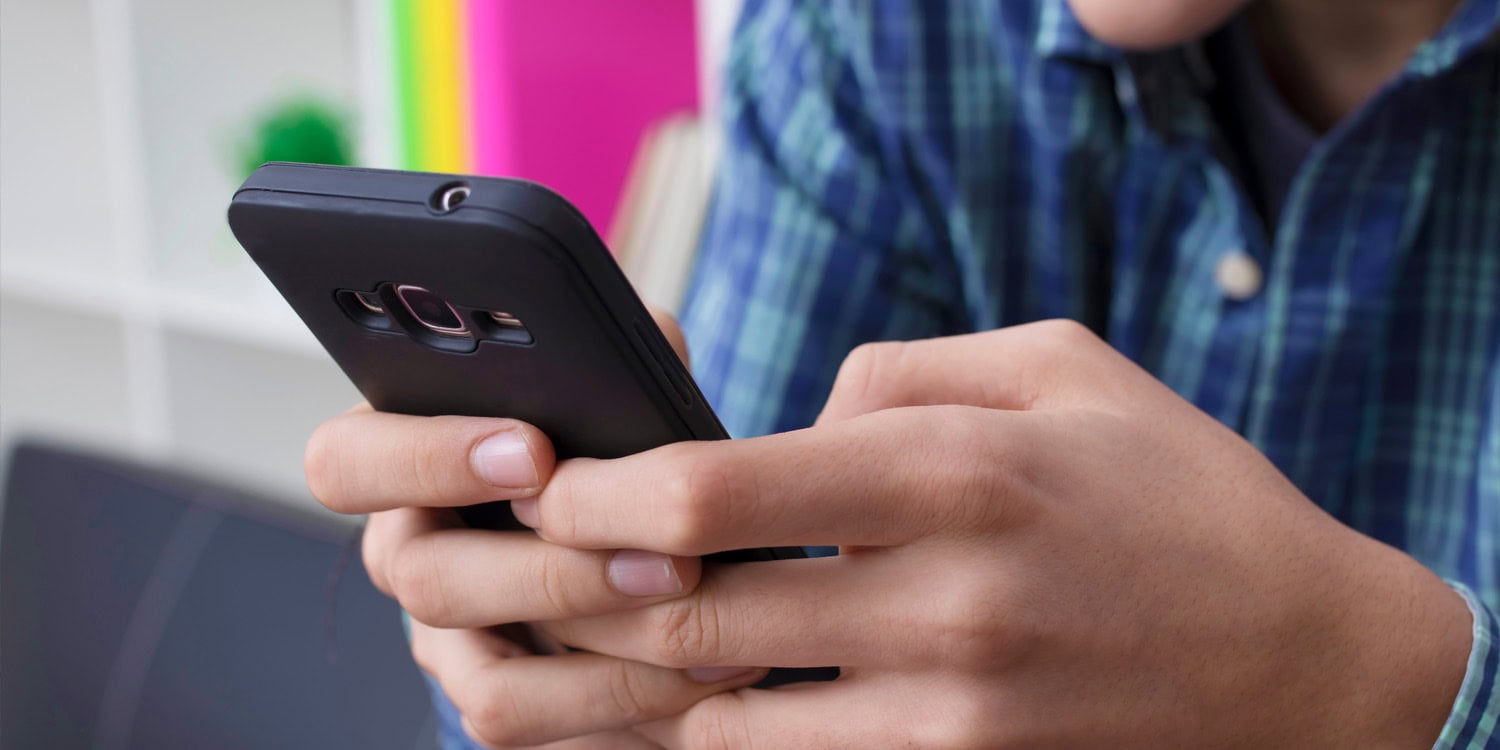A new study published in the journal Drug and Alcohol Dependence has found that certain forms of screen use, such as social media, texting, and video chatting, are associated with higher odds of experimenting with alcohol, nicotine, and cannabis among early adolescents. The research highlights that while total screen time is linked to substance experimentation, the strongest associations are observed in screen modalities that emphasize digital social interactions.
Adolescent substance use is a growing public health concern due to its association with various negative outcomes, including academic struggles, cognitive impairments, and increased risk of addiction in later life. Early experimentation with substances is particularly worrisome as it increases the likelihood of developing long-term substance use disorders.
“I first became interested in research on social media through patient care and research on adolescent eating disorders,” said study author Jason Nagata, an associate professor of pediatrics at the University of California, San Francisco. “During the pandemic, several of our adolescents with eating disorders had noted that while stuck at home, they spent countless hours browsing social media sites where they became lost in disordered eating content related to weight loss or muscle building.”
“Even while hospitalized, several of our patients would use social media to find and share tips on how to continue disordered eating behaviors in the hospital despite the severe medical complications of their eating disorder. These experiences caring for teens with eating disorders started my research into the health impacts of social media and informing guidance for parents.”
The researchers utilized data from the Adolescent Brain Cognitive Development (ABCD) Study, a large longitudinal study that tracks the health, brain, and cognitive development of adolescents in the United States. For this analysis, they focused on 8,006 participants aged 11 to 12 at the start of the study. Participants provided data on their screen use and substance experimentation over two years.
Screen time was measured using a survey that asked participants to report their average daily use of eight different screen activities: watching television or movies, watching online videos, playing single-player video games, playing multi-player video games, texting, video chatting, social media use, and general internet use. Researchers calculated the total daily screen time for each participant and analyzed the time spent on each activity.
Substance use experimentation was assessed through self-reported surveys asking participants whether they had tried alcohol, nicotine, or cannabis. The researchers defined substance use experimentation as having tried any of the substances at least once.
The researchers found that total screen time was positively associated with substance experimentation. However, when broken down by activity, only certain types of screen use showed significant links to substance use:
Social media: Each additional hour spent on social media daily was associated with a 20% higher likelihood of substance experimentation. Social media use was specifically linked to higher odds of trying alcohol, nicotine, and cannabis.
Texting: Each additional hour of texting was associated with an 18% increase in the likelihood of substance experimentation. This included higher odds of trying alcohol, nicotine, and cannabis.
Video chatting: An additional hour of video chatting daily was associated with a 9% increase in the likelihood of substance experimentation. Video chatting was particularly linked to nicotine and cannabis use.
“Our study found that excessive screen use as a preteen is associated with earlier experimentation with alcohol, nicotine, and cannabis,” Nagata told PsyPost. “Given that adolescent substance use has been linked with poor academic performance, cognitive impairment, and increased risk of developing a substance use disorder later in life, it is important to understand how increasing teen screen use impacts these behaviors.”
Other screen activities, such as watching television, playing video games, or browsing the internet, showed no significant association with substance experimentation.
“This suggests that online social connections may be driving the relationship between screen time and early substance use,” Nagata explained. “When preteens are constantly exposed to friends or influencers drinking or smoking on social media, they are more likely to see these behaviors as normal and may be more likely to try these substances themselves.”
The researchers accounted for various demographic factors, including age, gender, race, household income, and parental education. Family environment and neighborhood resources were also considered to control for potential confounding variables. But there are still some limitations. For instance, the study relied on self-reported data, which may be subject to recall bias or underreporting, particularly for sensitive behaviors like substance use.
The researchers also noted that the mechanisms driving the observed associations remain unclear. While peer influence and exposure to substance-related content are likely contributors, other factors, such as mental health or family dynamics, may play a role. Future research could explore these mechanisms further and investigate potential interventions to reduce the risks associated with certain screen activities.
“We hope that our findings can help inform guidelines for healthcare providers, schools, and parents to minimize substance use and encourage healthy screen use habits in the next generation,” Nagata said. “In doing so, we hope to help teens and adults minimize health risks while leveraging benefits like connection and communication.”
“Schools and parents may play an important role in addressing this issue. Schools could consider media literacy programs that teach students about the influence of digital content on harmful behaviors. Parents can also help by monitoring content and setting clear guidelines for their teens’ screen use.”
The study, “Prospective association between screen use modalities and substance use experimentation in early adolescents,” was authored by Jason M. Nagata, Joan Shim, Patrick Low, Kyle T. Ganson, Alexander Testa, Jinbo He, Glenn-Milo Santos, Claire D. Brindis, Fiona C. Baker, and Iris Y. Shao.




